USS Minnesota(s): The Strange History of Ships Named After Our State
There have been more Minnesota-named ships than you'd think.
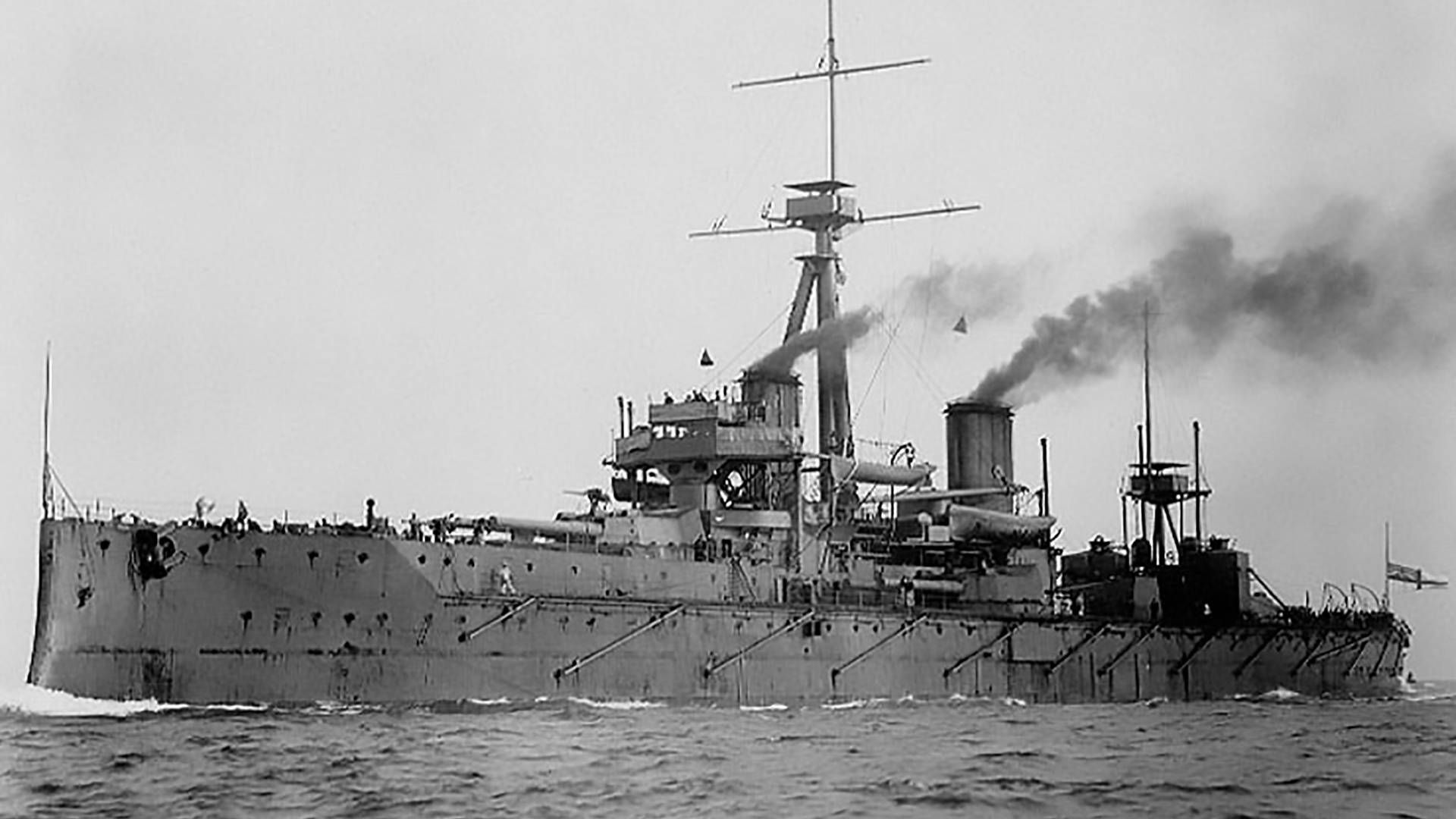
When someone mentions the USS Arizona in passing, you probably know what it is and where it rests. Super-dreadnaught battleship USS Arizona was hit by armor-piercing bombs while at anchor in Pearl Harbor, Hawaii. One of those bombs exploded within a magazine, sending the entire ship into violent explosions and fire, which took the lives of nearly 1,200 men. Now an underwater memorial, the Arizona is a cultural touchpoint, a symbol of America's moment of victimhood during World War II.
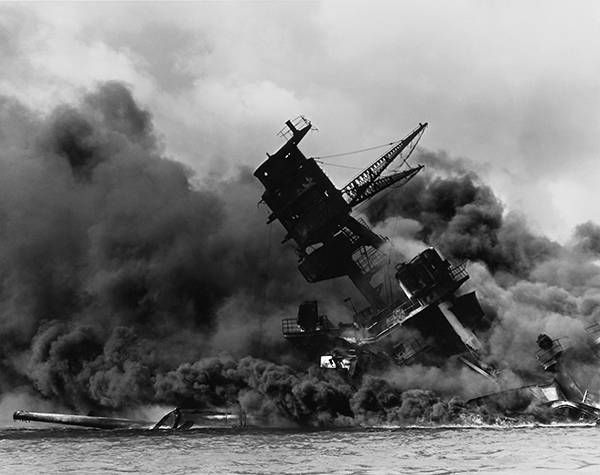
How about the USS Indianapolis, a vessel shrouded in myth and mystery, sent on a top-secret mission to deliver America's first wartime atomic bombs? That very secrecy sealed her doom when she was hit by a Japanese torpedo, sunk in a mere 12 minutes and resulted in the greatest loss of life at sea from a single ship in US Navy history.
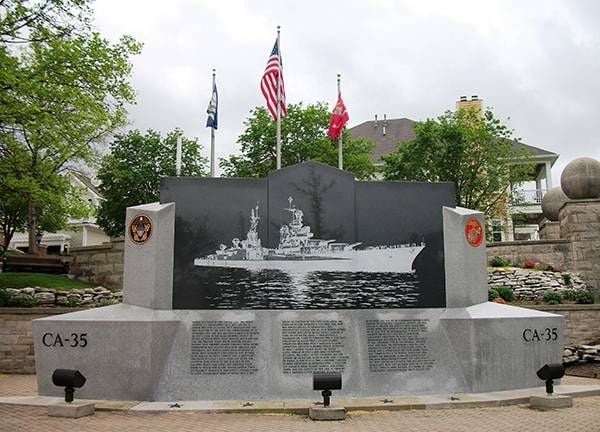
And the USS Missouri, the battleship upon which the Emperor of Japan surrendered to Allied forces, bringing World War II to an end? She served until the 1990s, and is now a museum ship at Pearl Harbor, where she sits close to the Arizona, together symbolizing the beginning and the end of America's involvement in that bloody conflict.
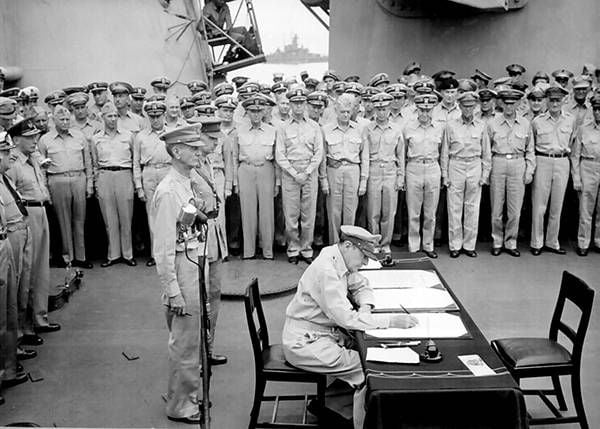
So where are the Minnesota ships? And are they as infamous as these?
The current USS Minnesota (SSN-783) is a fast-attack, nuclear-powered submarine of the Virginia class, and the third vessel to carry the name. She's only been around about a decade now and is still very much in active service. Everything still works, no wild stories - I'm sure she's great. But this is boring. Let's move on.
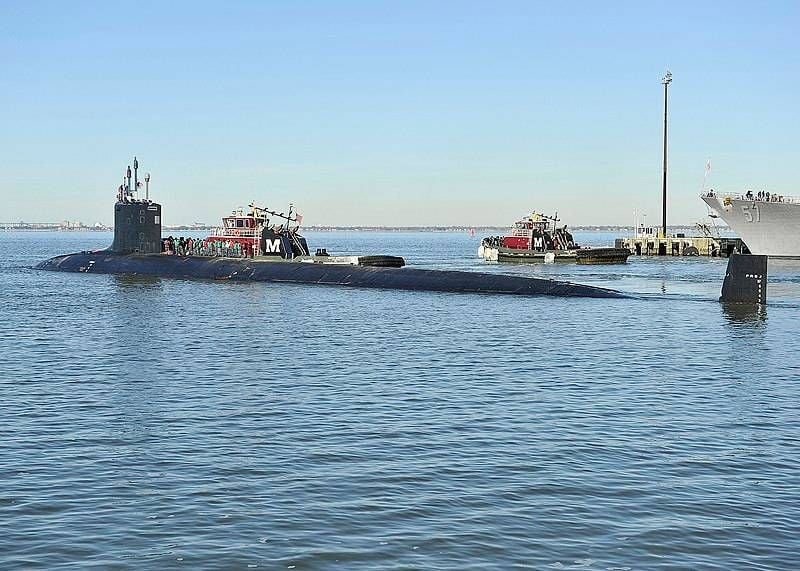
The previous USS Minnesota (BB-22) was a Connecticut-class battleship launched in 1905. In typical Minnesota fashion, she was a disappointment to her parents almost from the moment of her birth: She was commissioned into Navy service just four months after HMS Dreadnaught, the revolutionary British battleship that changed the naval game. Dreadnaught's all-big-gun configuration rendered ships like USS Minnesota - with her comparatively small battery - obsolete. Nevertheless, she'd been paid for, so the US Navy put her to work. She was tasked with maintaining the status quo in America's backyards, putting down an insurrection in Cuba in 1912, and patrolling the Mexican coast between 1913 and 1914 during the Mexican Revolution. When the Great War broke out, USS Minnesota was a Navy training ship. She also patrolled the eastern seaboard looking for German ships. She found one in September 1918 when she struck a mine laid by a German U-boat. Minnesota was badly damaged and spent the rest of the war being repaired. She was fixed in time to help transport American soldiers back home after the war. She functioned as a training ship again for two years before being decommissioned in 1921, and sold for scrap in 1924. A short and unheroic career for USS Minnesota #2.
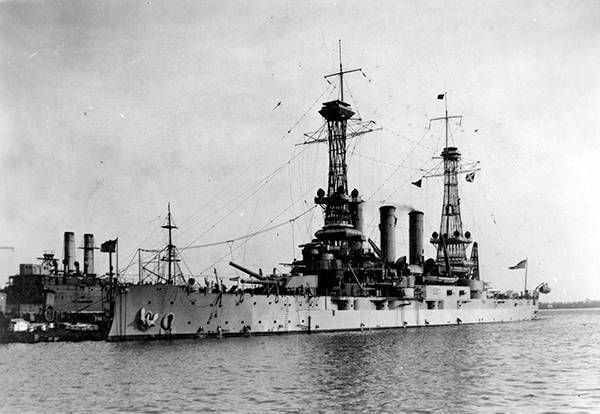
The first USS Minnesota was a wooden steam frigate commissioned in 1857, the year before Minnesota's entry into statehood. In fact, this USS Minnesota was named not for the State of Minnesota (which didn't exist yet), but for the Minnesota River. She spent her first years in east Asia and was then promptly decommissioned. With the outbreak of the Civil War in 1861, USS Minnesota was recommissioned and made the flagship of the North Atlantic Blockading Squadron. USS Minnesota ran aground on the first day of the Battle of Hampton Roads, making her a sitting duck for Confederate guns. Day two saw the famous battle between the Union side's ironclad USS Monitor and the Confederates' ironclad CSS Virginia (built on the hull of Minnesota's sister ship, USS Merrimack). That engagement allowed the damaged USS Minnesota to be rescued and sent off for repairs, serving in the Second Battle of Fort Fisher three years later. USS Minnesota remained in service until nearly the 20th Century; in 1898, she was beached, burnt and stripped to clear her name for the newly-ordered battleship whose fate would be so disappointing.
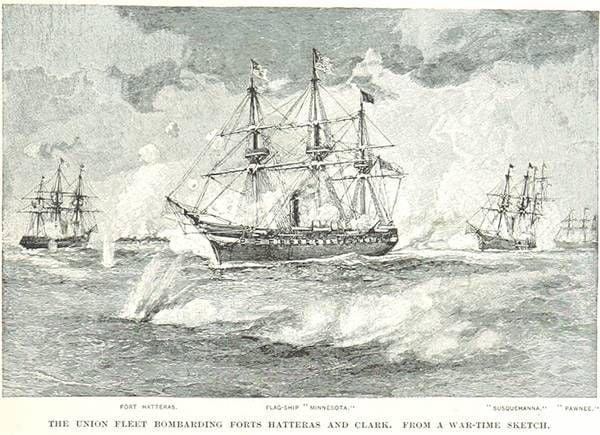
But that’s not the end of Minnesota-named ships.
SS Minnesotan was a privately-owned cargo ship that launched in 1912 for the American-Hawaiian Steamship Company. Her early career was spent running cargo routes between Mexico, Hawaii and the United States. In 1914, nine American sailors were detained for entering restricted areas in Tampico, Tamaulipas, Mexico. They were released, but the US naval commander demanded that Mexico also offer them an apology AND a 21-gun salute. Mexico apologized, but did not supply the 21-gun salute. In response, President Woodrow Wilson ordered the Navy to occupy the port of Veracruz.
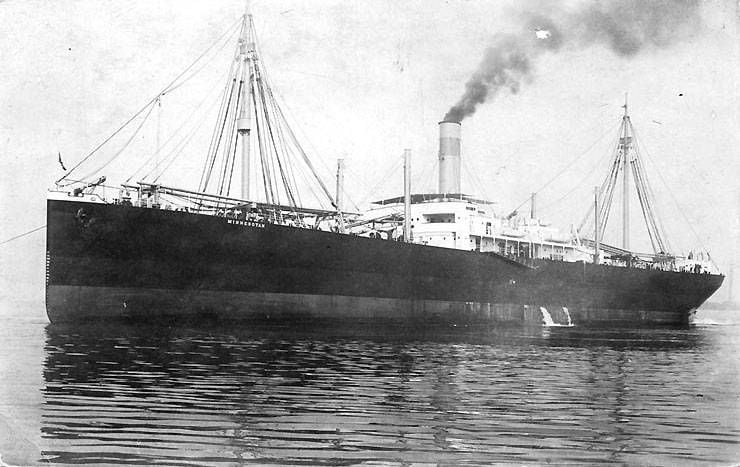
Yes, it's true, we invaded a sovereign nation over a failure to salute.
In response, Mexico shut down access to American shipping, and American-Hawaiian had to send SS Minnesotan and her sisters around the Straits of Magellan to complete their routes. The opening of the Panama Canal in August 1915 dramatically improved things.
America's entry into World War I saw SS Minnesotan chartered by the United States Army to transport horses and mules to Europe to support the American Expeditionary Force in the fall of 1917, during which time she was known as USAT Minnesotan. Less than a year later, the US Navy took her over for cargo transportation, now known as USS Minnesotan. She made several noteworthy trips to support the war, first delivering 800 horses, then four voyages transporting 8,038 troops back home. Days after completing the last troop transport voyage, she was in dry dock getting decommissioned from US Navy use and was ultimately returned to American-Hawaiian.
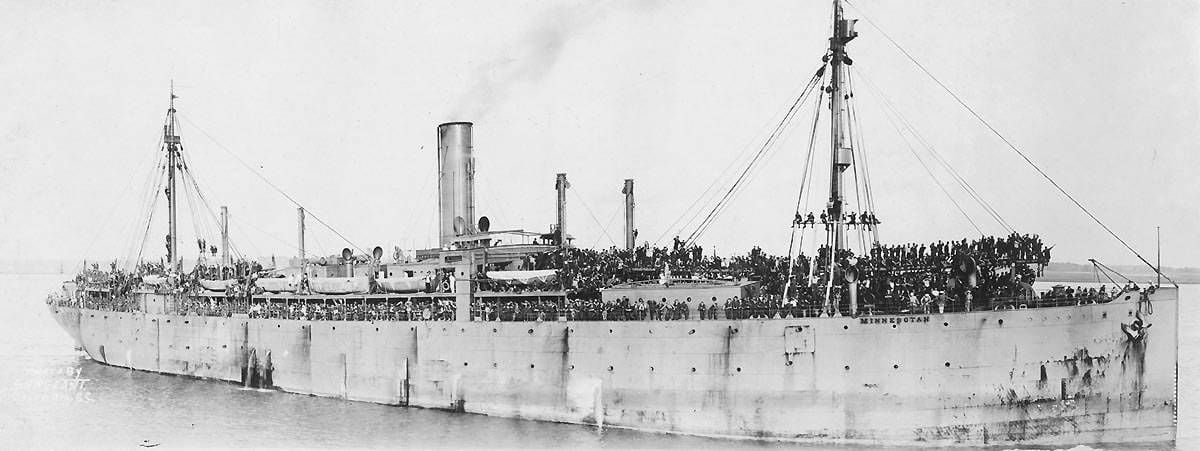
SS Minnesotan went back to commercial cargo work, transporting some record-setting loads through the Panama Canal, including $2.5 million worth of raw silk and 1,000 tons of Arizona copper in one load in March 1928. She even transported other vessels, delivering sloops and racing yachts to Los Angeles.
When the United States entered World War II, SS Minnesotan was requisitioned for wartime transportation once again. Minnesotan was a regular in the vast convoys, though largely away from major conflict, visiting ports in the Caribbean and India. In late 1943 and 1944, she ran two loads of equipment and explosives to Liverpool.
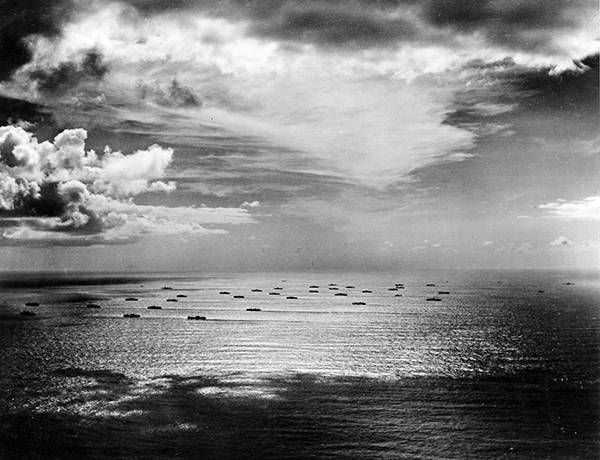
After the end of the war, Minnesotan reverted back to American-Hawaiian, who continued operating her until 1949, when she was sold to Italian owners. After a long and storied career in commercial and defense transportation, SS Minnesotan became Maria Luisa R. She was scrapped just four years later.
We've got one more. SS Gopher State is as a container ship launched in 1972, serving American Export Lines for a few years before being sold to Farrell Lines in 1978. From 1986 to 1987, she was converted to a military crane ship to serve in the National Defense Reserve Fleet. In 1990, SS Gopher State (T-ACS-4) was one of two ships used in Operation Steel Box, which transported 100,000 chemical weapons from a US Army site in West Germany to Johnson Atoll (an island chain in the Pacific) for disposal. She is now part of the Ready Reserve Fleet, currently laid up in a Boston dry dock.
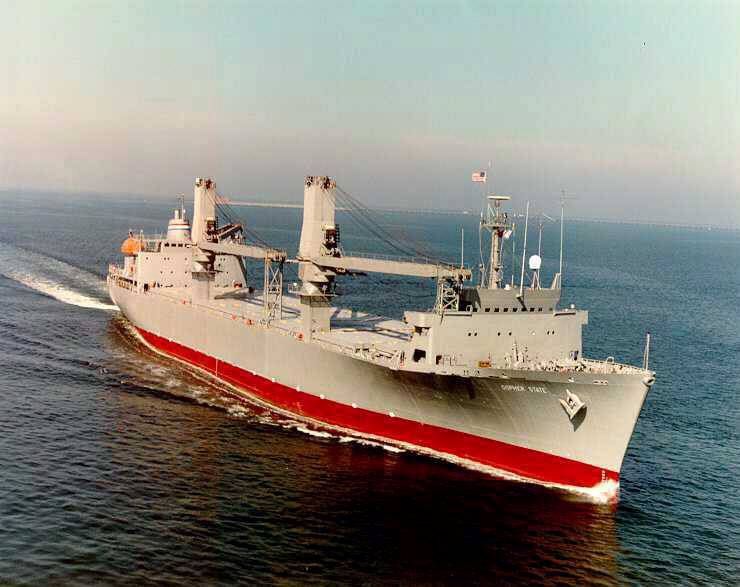
So it's maybe not the most action-hero stories the fleet has ever seen, but Minnesota has lent its name (and moniker) to a valiant set of ships. Could be worse.

This story is made possible by the Arts and Cultural Heritage Fund and the citizens of Minnesota.
